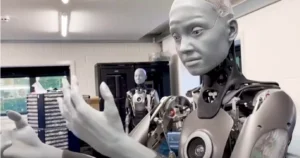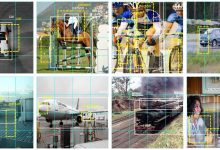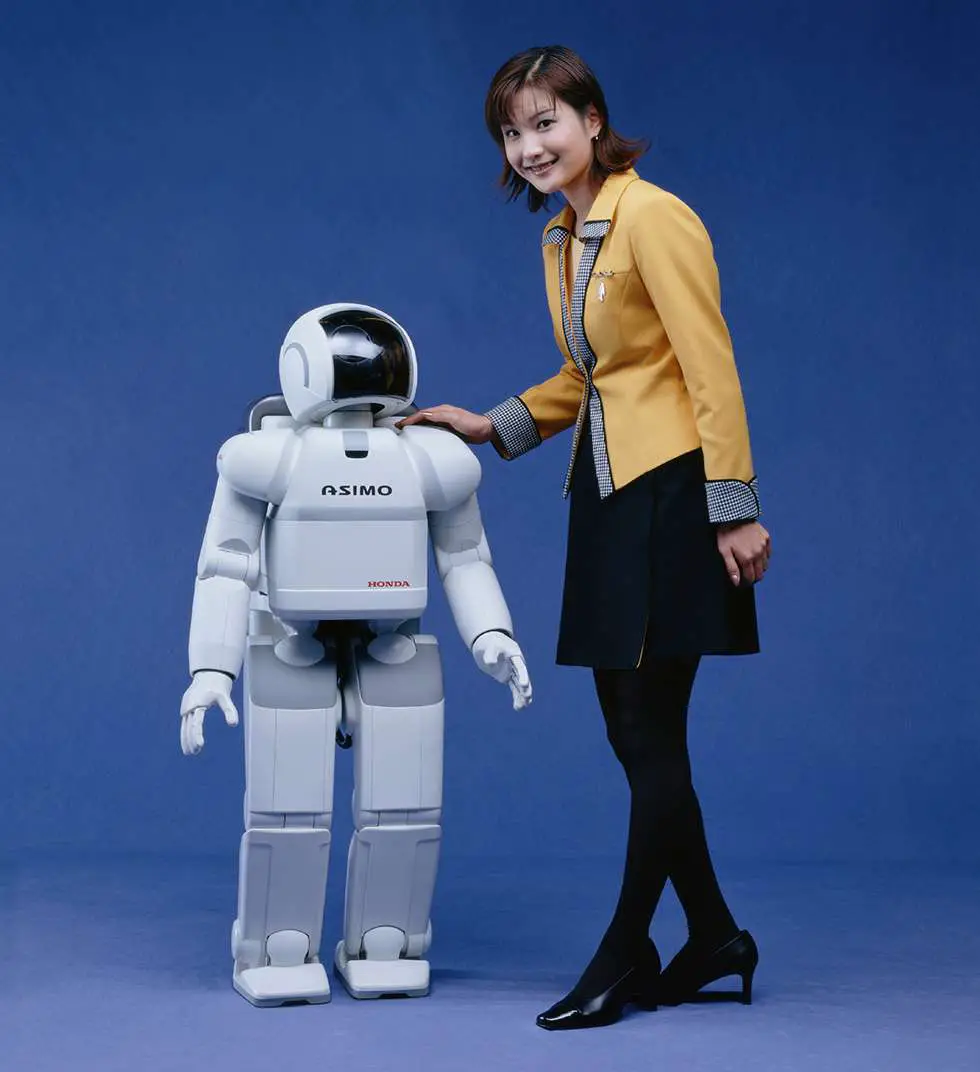
Meet Jia Jia: The Realistic Humanoid Robot Making Waves in Robotics

As a robotics enthusiast for over two decades, I have seen many exciting developments in the field. But nothing quite compares to Jia Jia, the humanoid robot created by a team of researchers at the University of Science and Technology of China in 2016. Jia Jia is a breakthrough in many ways, but what stands out most is its incredibly lifelike appearance and ability to interact with humans.
In this article, we’ll explore the technology behind Jia Jia’s realism, its capabilities and applications, as well as its challenges and limitations. We’ll also take a look at the future of humanoid robotics and the impact it may have on society.
Background on Jia Jia Humanoid Robot

Jia Jia is the result of years of research and development by a team of engineers and scientists at the University of Science and Technology of China. The robot was designed to resemble a young Chinese woman, with a realistic appearance that includes facial features, hair, and even skin texture.
One of the most impressive aspects of Jia Jia’s design is its ability to make simple conversations with humans, recognize faces, and respond to voice commands. This is achieved through a combination of advanced sensors, cameras, and artificial intelligence algorithms, which allow the robot to perceive its surroundings and interact with humans in a natural way.
Technology behind Jia Jia’s Realistic Appearance

The technology behind Jia Jia’s appearance is truly groundbreaking. The robot’s face is made of a special material that mimics the texture and color of human skin, and its facial expressions and movements are carefully calibrated to resemble those of a human.
Facial recognition technology and animation technology are also used to give Jia Jia a more realistic appearance. This includes the ability to track human faces and make eye contact, as well as the ability to smile, frown, and make other facial expressions.
Jia Jia’s Capabilities and Applications

Jia Jia’s lifelike appearance is impressive on its own, but it’s the robot’s capabilities and potential applications that make it truly remarkable. Jia Jia can make simple conversations with humans, recognize faces, and respond to voice commands. It can also recognize objects and manipulate them, such as picking up a cup or opening a door.
These capabilities have many potential applications, including in the healthcare industry, where humanoid robots like Jia Jia could be used to assist patients or even perform medical procedures. In education, robots like Jia Jia could be used to teach children in a more engaging and interactive way. And in the entertainment industry, robots like Jia Jia could be used to create lifelike characters in movies or video games.
Challenges and Limitations

While Jia Jia is a remarkable achievement, it’s not without its challenges and limitations. One of the biggest challenges is the ethical and societal implications of humanoid robots. As robots become more advanced and lifelike, there is a risk that they could replace human workers in certain industries, leading to job loss and economic disruption.
There are also technical limitations to consider, such as the cost and complexity of building and maintaining humanoid robots. Additionally, while Jia Jia is capable of making simple conversations with humans, it’s still far from achieving full human-like intelligence and capabilities.
Future of Humanoid Robotics

Despite these challenges and limitations, the future of humanoid robotics is incredibly exciting. As technology continues to advance, we can expect to see even more lifelike and capable robots like Jia Jia. These robots have the potential to revolutionize industries, improve human lives, and even change the way we think about what it means to be human.
Jia Jia’s humanoid altenatives

While Jia Jia is certainly a remarkable example of humanoid robotics, it’s worth noting that there are other approaches to creating humanoid robots as well. Some researchers are exploring the use of exoskeletons to create a “cyborg” type of robot that combines human and robotic elements, such as the HAL suit developed by Cyberdyne. Others are developing robots that look less like humans and more like animals, such as the robotic dog created by Boston Dynamics or the quadruped robots developed by MIT’s Biomimetic Robotics Lab. These robots may not have the same level of human-like interaction as Jia Jia, but they still have their own unique advantages and potential applications. For example, the quadruped robots are being designed for search and rescue missions in difficult terrain, while the robotic dog is being developed for a variety of applications, including military, law enforcement, and public safety. The field of robotics is constantly evolving and it will be exciting to see how these different approaches to creating humanoid robots will continue to develop in the future.
Jia Jia’s comparisons with Robot sofia

Jia Jia and Sophia are both examples of humanoid robots that have garnered attention for their lifelike appearance and advanced capabilities. While Jia Jia was designed to look and interact like a young woman, Sophia was designed to look and interact like a real person. Sophia is known for her sophisticated conversational abilities and has been used to promote various products and services. However, while Jia Jia’s appearance is more static, she is able to produce more natural facial expressions and movements. Jia Jia is also designed to interact with humans in a more human-like way, including recognizing emotions and responding appropriately. Additionally, Jia Jia was designed specifically for the Chinese market, while Sophia was designed for a global audience. Ultimately, both Jia Jia and Sophia represent impressive achievements in the field of humanoid robotics, and their differences highlight the diversity of approaches being taken to create more advanced and realistic robots. for more about sofia visit hanson robotics website
Jia Jia’s comparisons with Ameca humanoid

Jia Jia and Ameca are both examples of advanced humanoid robots designed to look and interact like humans. While Jia Jia was created by Chinese researchers at the University of Science and Technology of China, Ameca was developed by the British company Engineered Arts. One of the main differences between the two robots is their appearance: while Jia Jia is designed to look like a young woman, Ameca has a more gender-neutral appearance, with a metallic body and a sleek, futuristic design. Additionally, while Jia Jia is primarily designed for interacting with humans in a social context, Ameca was created with more practical applications in mind, such as providing customer service in retail environments. Both robots are impressive examples of humanoid robotics, and their differences highlight the diversity of approaches being taken in the field to create more advanced and versatile robots.
Conclusion,
Jia Jia is a remarkable achievement in the field of humanoid robotics. Its lifelike appearance, ability to interact with humans, and potential applications make it an exciting development with many implications for the future. As we continue to develop more advanced humanoid robots, it’s important to consider the ethical and societal implications and ensure that these robots are designed and used in ways that benefit humans. I look forward to seeing what the future holds for humanoid robotics and the impact it will have on our world.
In conclusion, Jia Jia is an impressive example of the advancements being made in the field of humanoid robotics. Her lifelike appearance and advanced capabilities make her an exciting and groundbreaking development in this field. However, there are other approaches to creating humanoid robots as well, such as the exoskeletons being developed by Cyberdyne, and the animal-like quadruped robots being developed by MIT’s Biomimetic Robotics Lab. As the field of robotics continues to evolve, it will be exciting to see how these different approaches will continue to develop and complement each other.
If you enjoyed learning about Jia Jia, be sure to leave a comment below and let us know your thoughts on this fascinating humanoid robot. And don’t forget to subscribe to our newsletter to stay up to date on all the latest developments in the world of robotics. Finally, click here to read our article on Ameca, another exciting humanoid robot that is shaping the future of this field. Thank you for reading, and we look forward to hearing from you!




